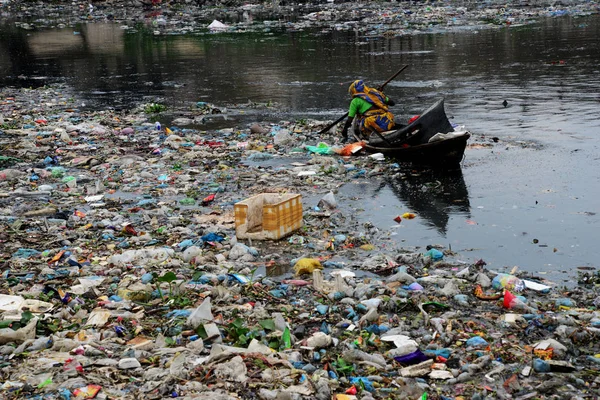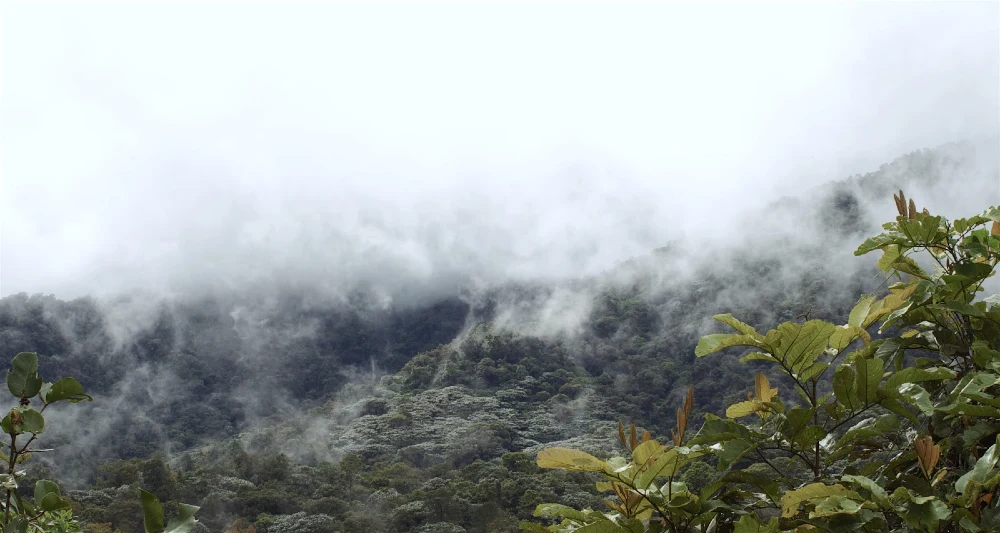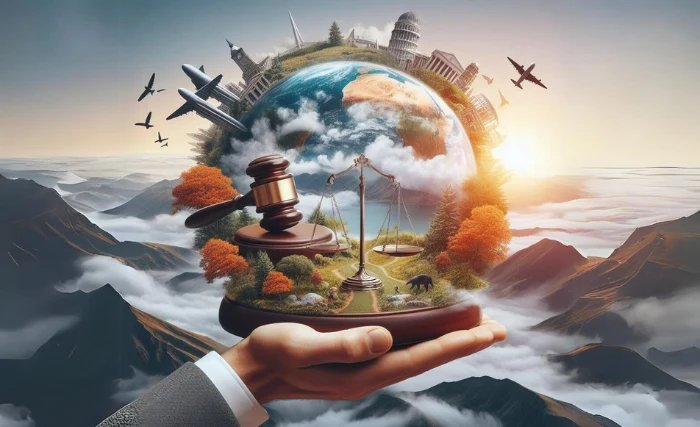Nature’s rights, a growing global idea, are catching on as we face more and more environmental problems.
Back in the early 1970s, a US legal expert named Christopher Stone had an interesting thought during a classroom discussion. He wondered if nature should have rights like people do. This idea came up because the US Supreme Court was about to decide if a ski resort could be built in the Sequoia National Forest, and some folks wanted to stop it.
One of the judges, William O. Douglas, who really cared about the environment, liked Stone’s idea. He said that the river, in this case, should have a say because it’s part of nature, and people who care about it should speak up.
In essence, if streams, rivers, and land has legal rights, that means a person or group can go to court on their behalf. After all, one needs rights first before those rights can be fully supported in a court of law.
Fast-forward to the 21st century, and this idea is making a comeback. Today, more and more people, like academics and environmental activists, are getting behind it. They’re putting this idea into action all over the world.
Nature Gets Legal Rights in Different Ways
In some places, they’ve already given nature rights, but it’s not a quick fix for our environmental issues.
New Zealand
In New Zealand, the Treaty of Waitangi, signed in 1840 between the British Crown and the indigenous Māori people, sought to protect the Māori people’s rights to their land and resources. In recent years, New Zealand has recognized Te Urewera, a former national park, and the Whanganui River as entities with their own legal rights (albeit not equivalent to those of a human person).
This recognition has led to the creation of boards responsible for managing these natural resources, featuring joint representation from the government and the local tribe. Strategic plans, along with substantial funding, are in the works to safeguard the well-being of the Whanganui River.
Bangladesh
In 2019, the High Court of Bangladesh declared the Turag River (and all other rivers in the country) as living entities with legal rights, mandating significant government intervention for their protection.

While the National River Conservation Commission vowed swift action, numerous water bodies in Bangladesh remain “dead” due to widespread pollution from industrial and human waste, highlighting the challenges of enforcement.
Ecuador
Ecuador, in its 2008 constitution, explicitly recognized nature’s right to “exist, persist, maintain and regenerate its vital cycles, structure, functions, and its processes in evolution.” This constitutional provision has empowered landowners and environmentalists to bring legal cases aimed at safeguarding the country’s rivers and forests, gradually translating nature’s rights into reality.

In 2021 the Ecuadorian Constitutional Court revoked mining permits in the biodiverse Los Cedros cloud forest, asserting that these permits violated not only the rights of locals, but also the rights of the forest itself.
Even in the United States, this idea is catching on. Ten states now have some rules to protect nature. For example, Seattle made sure salmon could still swim through dams, and North Carolina is thinking about giving rights to the Haw River area.
Panama Takes A Stand On A Different Way to Treat Nature
Callie Veelenturf, a 31-year-old American marine biologist, played a pivotal role in advancing the rights of nature in Panama. Her career, dedicated to the study and advocacy for the protection of sea turtles, took a transformative turn in 2018 when she faced sexual harassment. This personal struggle led her to realize that nature didn’t have the same legal recourse she had as a human being. Simply put, nature couldn’t defend itself in court.
Inspired by the book “The Rights of Nature: A Legal Revolution That Could Save the World,” Veelenturf made it her mission to prioritize the needs of ecosystems over humanity’s demands.
“I realized that we can’t defend the rights of nature as I had just defended my rights because nature largely has no rights in our legal systems,” Veelenturf said. She took her mission to Panama’s first lady and parliament, where it gained widespread support and eventually became law.

Panama’s Supreme Court subsequently used the law to shut down a $10 billion copper mine that threatened tropical jungles and water supplies.
“It’s just exciting every time. It never gets old,” Veelenturf affirms. “What we’re doing now is obviously not working, and so this provides a different way of interacting with nature. I think we’re at a point now where it’s worth a shot.”
More To Discover
- Starbucks in Hot Water: Lawsuit Challenges Their ‘100% Ethical’ Coffee Claims
- Groundbreaking ‘No Burn’ Energy Plant to Convert Waste to Fuel, Opens Soon
- New Study Reveals The US Cities Facing Increased Flood Risk from Sinking Land and Sea Level Rise
- Food Giants Win $17.7M Damages in Egg Price Fixing Victory
The Debate Continues
Not everyone agrees with this idea. Some say it’s not needed because we can use laws that protect humans to also help nature. But no matter what, it seems like nature’s rights will become a part of many countries’ laws in the future.
As we face big environmental challenges, recognizing nature’s rights is a way to make sure we take care of our planet. It reminds us that our well-being is tied to the well-being of nature.



















